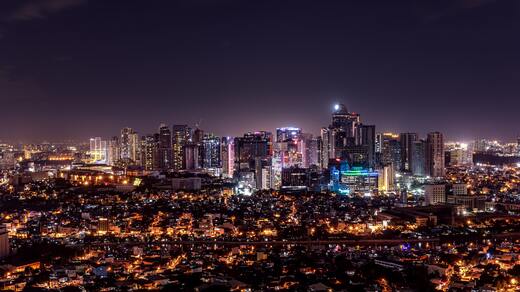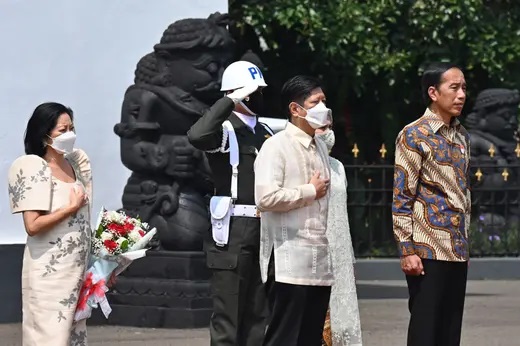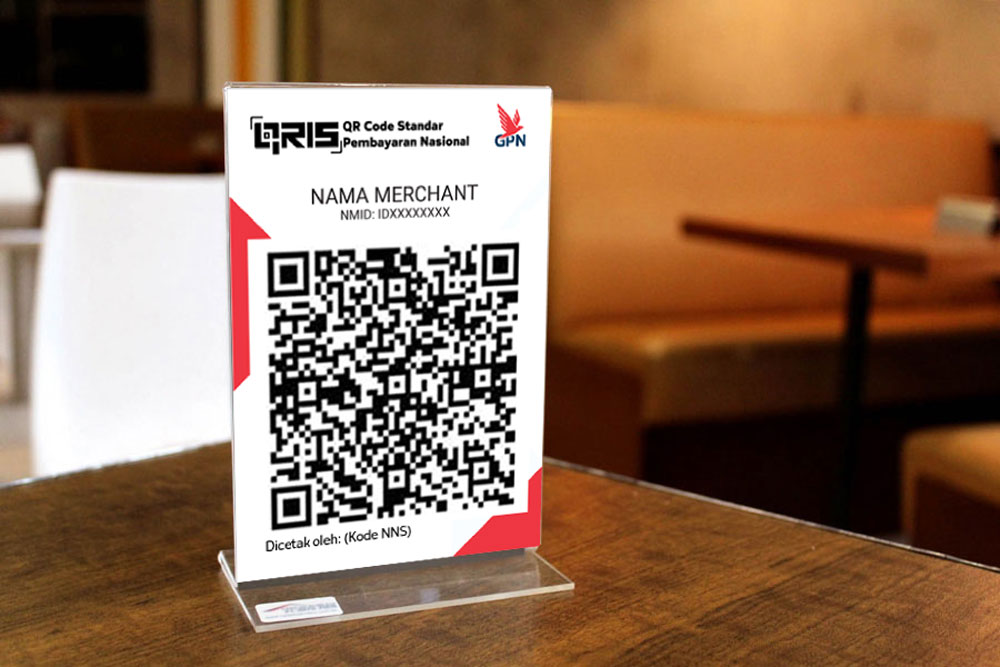Minister for Mines and Energy Suy Sem and Singapore Minister for Manpower and Second Minister for Trade and Industry Tan See Leng recently met virtually during the 40th ASEAN Ministers on Energy Meeting (AMEM) and agreed to deepen energy cooperation that would serve the mutual interests of both countries.
In 2013, both countries signed a memorandum of understanding on energy cooperation at the Singapore International Energy meet.
Suy Sem said that Cambodia welcomes investment in the field of renewable energy and technologies from Singapore to advance energy transition and power trade in the region.
“Cambodia and Singapore agreed to explore the possibility study on renewable energy or green energy to promote the bilateral trade through power interconnection and pipeline system,” he added.
Tan said the two countries are committed to doing their part to transition to cleaner sources of energy and reaching net-zero by or around mid-century.
“Given our shared interests, we are keen to partner Cambodia to advance bilateral and regional energy cooperation,” he added.
“Such cooperation is a step towards realising the broader Asean power grid vision to enhance interconnectivity, energy security and sustainability in the region.”
For full article, please read here
Author: Sok Sithika
Source: Khmer Times
Imports from the US to Cambodia were at $224 million, a decrease of 3.5 percent, compared to the same period in 2021 at
$232 million.
Most of the goods Cambodia exports include clothing, shoes, travel goods, and agriculture products. From the US, it imports cars, electronics, medicines and medical equipment.
Cambodia-US trade relations have had significant growth over the last few years. In 2021, Cambodia-US trade volume was more than $7.8 billion. In addition, Cambodia’s exports amounted to $7,490 million to the US market, while the US imports from Cambodia were more than $336 million.
For full article, please read here
Author: Sok Sithika
Source: Khmer Times
Local and Singaporean investors have teamed up to develop ePOS – Go Digital, a modern digital business-focused app that allows local enterprises to market their products to a wider local, regional and global audience, and tap into the burgeoning online shopping space.
Developed by Phnom Penh-based Riich Me Co Ltd – an affiliate of Singapore headquartered Riich Me Pte Ltd – and officially launched on September 10 after a preliminary release, the app aims to provide today’s e-business owners with management solutions for a new generation of sales systems to improve purchases, including the QR- (quick response) code-powered ePOSQR service that enables users to sell both online and offline.
Speaking during the launch ceremony, Prum Pheaktra, CEO of ePOS Go Digital Co Ltd, the app’s associated company based in Phnom Penh, commented that the emergence and wider use of technologies has had a significant impact on daily life, education and business practices.
Covid-19 taught many vital lessons as enterprises suffered, especially family-based ones – that without an adequate set of standards, management systems or technologies to drive sales or other operations, businesses are at higher risk of being shut down by unforeseen circumstances, she said.
Pheaktra commented that the app’s launch was motivated by the ongoing challenges confronting local business owners as a result of Covid, inflation tied to the Russia-Ukraine conflict, and other global political and economic crises. She said the platform aims to inspire family businesses to adopt a digital management system that will allow growth and development.
She said ePOS Go Digital would team up with Riich Me Pte Ltd “to develop business management technology and modernisation solutions that are tailored to the Cambodian context and are easy to operate with a convenient smartphone app for small business owners, especially those with limited technical know-how”.
The app can be used to boost sales, develop businesses and increase household incomes, Pheaktra reiterated.
For more information, please read here
Author: May Kunmakara
Source: The Phnom Penh Post
China continues to be the top buyer of rice from Cambodia, with 50 percent of the market share and more than 30 percent of the EU market.
As the free trade agreement between Cambodia and China has pushed the bilateral trade between the two countries, especially factors of close relations between government and government, Saran said in a forum on business and investment opportunities in the agriculture sector held last Saturday.
Speaking of the EU market, Saran said the EU market is a long-term market, although the level of growth does not exceed 200,000 to 300,000 tons per year.
“These two markets are very potential markets for Cambodia, which can promote exports quickly and without wasting time,” Saran said.
“The model for those in the agro-food processing sector is only two markets that we must try to grab China and Europe which are possible. Other markets are still complex,” he said.
Cambodia exported more than 2.4 million tons of agricultural products to China from 2019 to June 2022, earning gross revenue of $1.94 billion, Minister of Agriculture, Forestry and Fisheries.
For full article, please read here
Author: Chea Vanyuth
Source: Khmer Times
MRCA signed two MoUs during a function at Sofitel Phnom Penh Phokeethra.
It entered into agreements with the Asia Cambodia Law Group and the Association of Guang Dong China Commercial Representative in Cambodia.
Besides Phnom Penh, the trade mission, organised by the Cambodia Embassy in Malaysia and MRCA, plans to visit Kampong Speu province during its four-day trip.
While addressing the delegates, Dr Nhem Khemara, secretary of state, Ministry of Foreign Affairs and International Cooperation, said, “Over the last 65 years, Cambodia-Malaysia bilateral relations have witnessed a significant improvement in various spectrums.
Despite the impact of the Covid-19 pandemic, bilateral trade reached approximately $500 million in 2021, up 13 percent from 2020. Around 162 Malaysian investment projects worth $3.2 billion have been approved so far this year.”
Talking about the significance of the trade mission, Cheuy Vichet, Ambassador of Cambodia to Malaysia, said, “It gives me great pleasure and honour once again to co-lead another trade mission from Malaysia to Cambodia. Our forum today is an excellent venue for tripartite collaboration and partnership between businesses from Cambodia, Malaysia and China.”
For full article, please read here
Author: Adur Pradeep
Source: Khmer Times
























